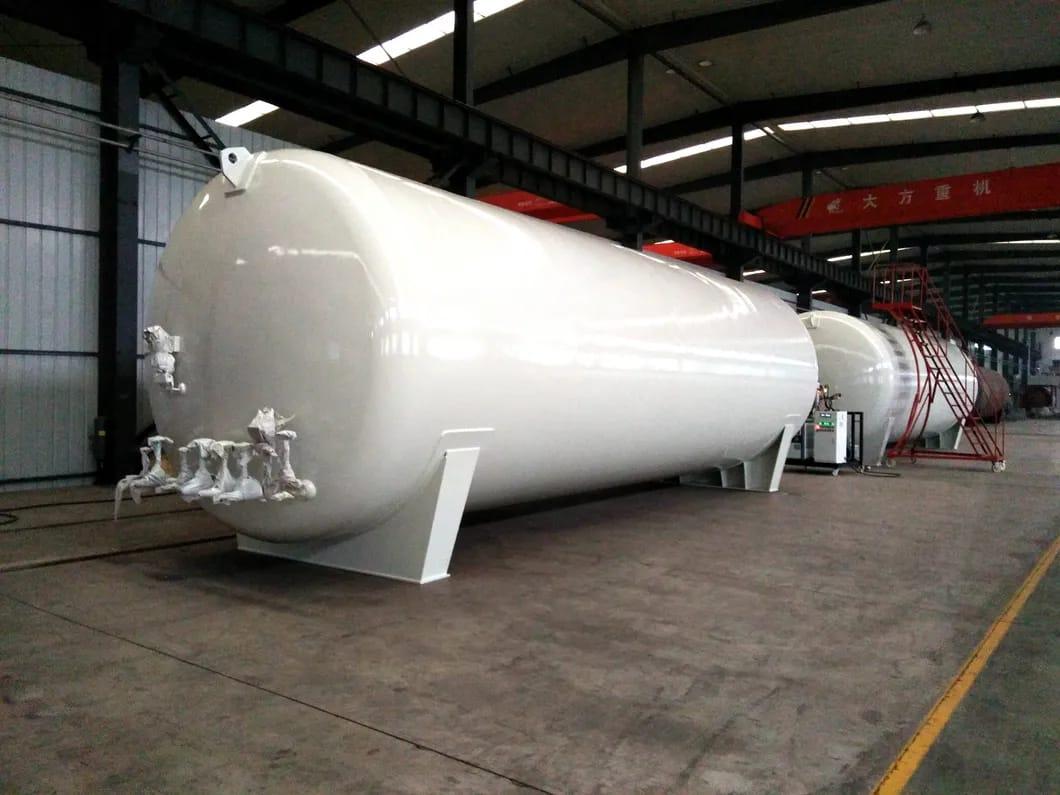LNG fuel tanks are specialized storage systems engineered to securely contain liquefied natural gas (LNG) used as a cleaner alternative to conventional marine fuels. These tanks are built with advanced insulation technology to maintain LNG at cryogenic temperatures of approximately -162°C, ensuring its liquid state during storage and transport.
Typically constructed from high-grade stainless steel or nickel-steel alloys, LNG fuel tanks are designed to withstand the extreme conditions required for LNG storage. They feature double-wall construction with vacuum insulation to minimize heat transfer and prevent gasification. In addition to robust safety mechanisms, the tanks are equipped with pressure relief valves, gas detection systems, and vapor management tools to enhance operational safety and efficiency.
By enabling the use of LNG as fuel, these tanks contribute to significant reductions in greenhouse gas emissions, sulfur oxides (SOx), and nitrogen oxides (NOx), helping ship operators comply with environmental regulations like IMO’s emission standards. LNG fuel tanks play a pivotal role in advancing greener, more sustainable maritime operations while delivering cost savings in fuel consumption over the long term.
